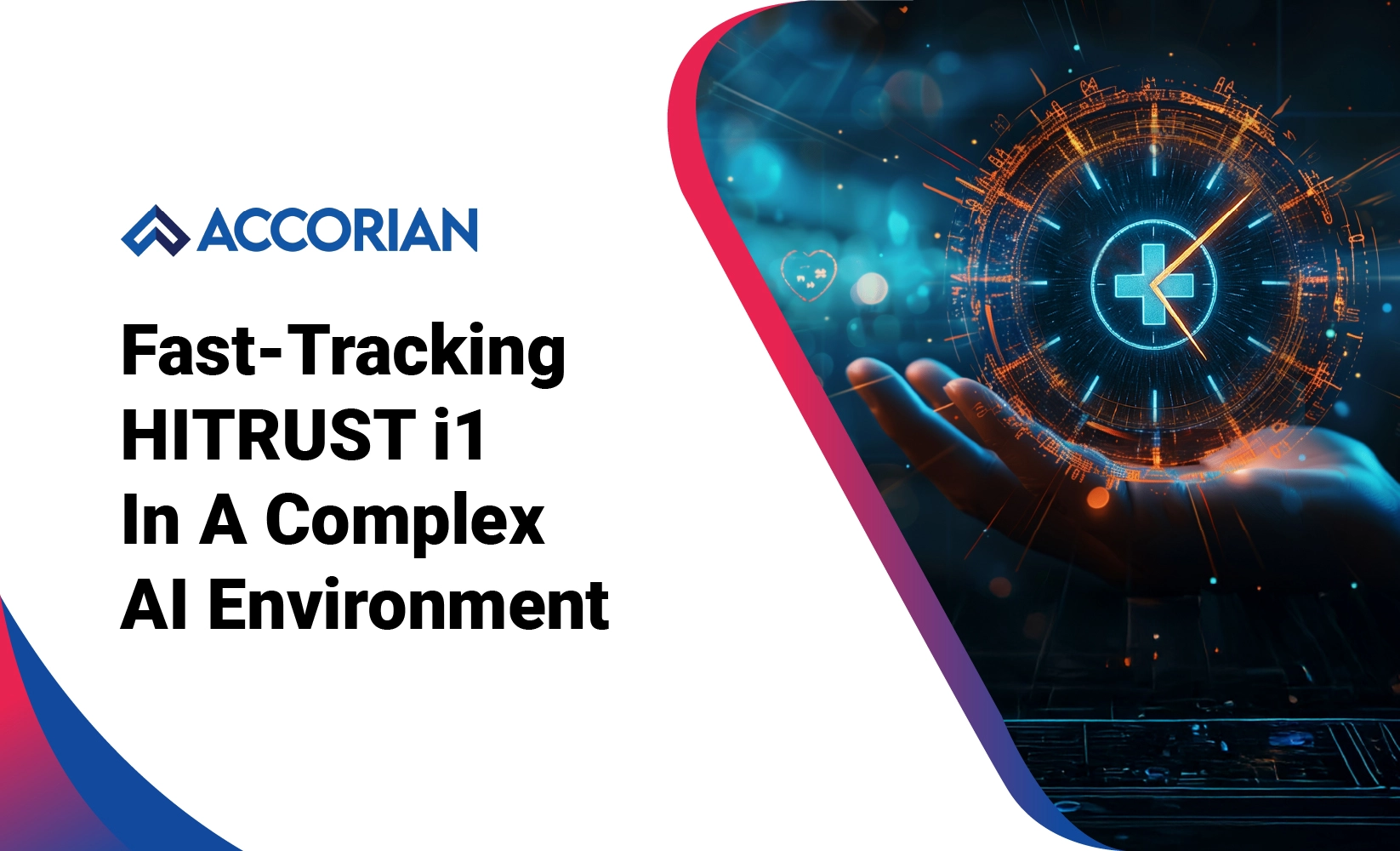Incident Response
In the second quarter of the year in 2023, approximately 49.8 million breaches were reported which stresses the need for a strong and sound incident response plan.
Incident response is one of the most important strategies in the cybersecurity landscape. It involves processes to detect, control, and recover from any cyberattack. Looking at damage control, containing further losses and safeguarding key functions of the business are also parts of the process.
Why Do You
Need Incident Response?
Cyber threats dynamically change and there is no organization that is exempt from them. Ransomware attacks, malware attacks, and data breaches disrupt business activities, damage brand names, and erode trust. Malware leads to information theft, ransomware makes valuable files inaccessible unless a fee is paid, and data breaches expose sensitive information, resulting in fines, lawsuits, and lost clients. Considering the consequence of such occurrences, the response against the incidents needs to be fast and more efficient to limit losses, evaluate the responding activities, analyze the vulnerabilities in systems and enhance the safety of operations.
The Importance of an Incident Response Plan
An effective Incident Response Plan is integral in reducing the consequences that come with cyber security vulnerabilities in a business.
Two reasons that highlight the importance of an Incident Response Plan:
01
Quick and Effective Response to Threats
An Incident Response Plan functions as a guide for actions to take following a cyber event, enabling members of the team to move appropriately and quickly. The plan allows for the faster execution of measures and protocols that reduce duration of downtimes, costs and damages to the brand image. Current security systems should be active and frequently checked for risks to limit the number of times infringements actually happen by ensuring firm response mechanisms are in place.
02
Building a Resilient, Security-Aware Culture
An Incident Response Plan (IRP) proves a dedication towards the safety of information standards as well as the protection of the host environment of data from external threats. Once the organization has developed a comprehensive Incident Response Plan, it becomes stronger, seeks to strengthen employee trust, and prepares the staff. It depicts how the employees will want to and are expected to attack any and all difficulties that may arise. Thus, the whole company will be ready to respond quickly and efficiently.
The Aim of Incident Response is Twofold
To proactively prevent cyber attacks
To minimize the financial and operational impact resulting from any cyberattacks
Incident Response Challenges
The active management of incidents is the main line of defense and the primary means of dealing with cyber threats and attacks, but this avoids many organizations. The alleviation of security events occurs in a timely and effective manner because many factors are capable of affecting it. Below are some of the key issues businesses often encounter:
Lack of Preparation
Most of the challenges stem from the absence of being prepared, particularly an incident reporting or management plan. Teams will tend to panic when an attack occurs because there are no plans or practice that has been done to prepare them for an incident. Because people do not know what to do, it results in delays, chaos, and ineffectiveness and the problem could be made worse as a result.
Lack of Resources
Many skilled personnel, appropriate tools, or modern resources may also have contributed to the problem of lack of resources. When resources are not available, anyone will find it very difficult to handle any incident in the first place. It implies much more damage, more time to recover, and increased susceptibility to more attacks.
Limited Insight
A large number of organizations in particular have at their disposal a limited view of their systems, networks, and applications. In the absence of such monitoring and tracking capabilities, early detection of incidents is more difficult. This delay can also place greater restraints on the effort taken to contain the threat, increase the time it takes to respond, and open the organization up to repeated damage.
Incident Complexity
Cybersecurity incidents are rarely an isolated one, as they tend to encompass multiple systems, networks, and/or devices. In such cases, deprivation of the entire picture and, consequently, locating the root of the problem becomes somewhat of a Herculean task. This also adds to the complexity of devising a strategy and carrying it out to counter the incident, adding to the time taken to resolve the incident.
Miscommunication
When different teams, IT, security, legal and senior management for example, even within their own conglomerate fail to communicate efficiently enough times. Inadequate information sharing and miscommunication may result in criteria being missed in the process of making a decision, as well as many other mistakes leading to delays when containing the situation.
Overcoming these challenges is crucial for developing an effective incident response plan. Mastering these aspects enhances the efficiency of detecting, containing, and repairing the organization’s infrastructure, reducing the impact of future breaches and fostering a more secure environment.
Accorian’s Incident Response Methodology
Preparedness
- Identify and define potential security incidents.
- Classify data based on sensitivity and importance.
- Assess the repercussions of violations.
- Develop a clear communication strategy.
- Establish a system to prioritize security incidents according to their risk level and potential impact.
Identification
- Define the criteria that activate the initiation of an incident response
- Utilize relevant tools, such as logging, Security Information and Event Management (SIEM), Managed Detection and Response (MDR), and vulnerability programs, to detect and prioritize risks and vulnerabilities.
Containment
- Develop both short-term and long-term containment strategies.
- The short-term plan focuses on halting the immediate threat by isolating affected systems and preserving critical data for investigation.
- The long-term strategy ensures the restoration of normal operations after the threat has been neutralized.
Removal
- Eliminate the threat actor and restore all business functions to normal operations.
- Provide the forensic team with necessary information, such as drive images, logs, malware reports, and other critical data to aid in threat removal.
Recovery
- Leverage forensic analysis to comprehensively understand the extent of the compromise
- Address and strengthen any vulnerabilities uncovered during the recovery process.
- Notify relevant regulatory bodies, such as HHS, PCI, and others, about the incident in accordance with compliance requirements.
Why Choose Accorian?
At Accorian, we position ourselves as the go-to company for cutting-edge incident response solutions, combining advanced security analytical skills with global investigative and security technologies to deliver fast and reliable results. Our proactive team support ensures that we take the time to complete necessary work thoroughly, sharing information that provides real value and contributes to achieving—and surpassing—your objectives. We provide complete incident management thanks to our all-encompassing five stage Incident Response approach that provides all dimensions of incident response. As a strategic technology partner established by top cybersecurity experts, Accorian has the knowledge and understanding needed to maintain a client-centric focus in all service engagements and integrate economic value with extensive insight in order to provide great highly individualized services.
Accorian’s
Incident Response Leadership
At Accorian, incident response goes beyond managing breaches. We equip organizations with tools and strategies to deal with cyber threats quickly and efficiently. We practice prevention, response within the shortest time possible and damage assessment to reduce the devastating effects of attacks and reinforce the systems so that business operations can continue uninterrupted.






